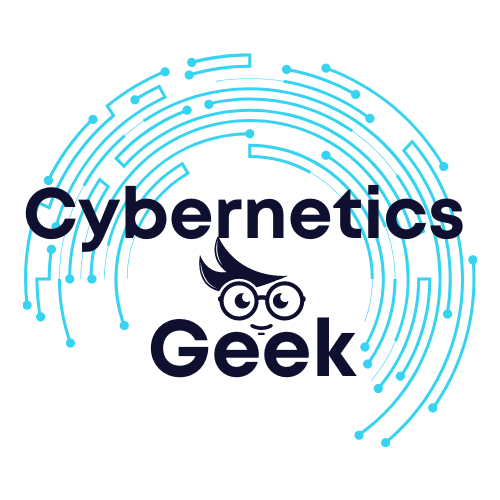Ransomware attacks have become one of the most significant cybersecurity threats to businesses worldwide. These malicious attacks can encrypt critical data, disrupt operations, and demand hefty ransoms, often leaving businesses crippled. But what exactly is ransomware, and how can your business stay safe? This article delves into the nature of ransomware, notable cases, and actionable strategies to protect your business.
What is Ransomware?
Ransomware is a type of malware that encrypts a victim’s data and demands payment in exchange for the decryption key. Cybercriminals often use phishing emails, malicious downloads, or vulnerabilities in software to deploy ransomware. Once infected, businesses may face downtime, data loss, and reputational damage.
Types of Ransomware
- Crypto Ransomware: Encrypts files, rendering them inaccessible.
- Locker Ransomware: Locks users out of their devices entirely.
- Double Extortion Ransomware: Threatens to publish sensitive data unless the ransom is paid.
Why Are Businesses Targeted?
1. Financial Gain
Businesses often have more resources and a greater urgency to recover data than individuals, making them lucrative targets.
2. Critical Data
From customer records to proprietary information, businesses store valuable data that attackers exploit.
3. Vulnerabilities
Small and medium-sized businesses (SMBs) often lack robust cybersecurity measures, making them easy targets.
Real-World Ransomware Cases
1. Colonial Pipeline (2021)
A ransomware attack forced the largest U.S. fuel pipeline operator to shut down operations, leading to fuel shortages. The company paid $4.4 million in ransom.
2. WannaCry (2017)
This global ransomware attack affected over 200,000 computers in 150 countries, exploiting a vulnerability in unpatched Windows systems.
3. Garmin (2020)
The fitness tech company faced a ransomware attack that disrupted services for days, reportedly paying $10 million to regain access.
How to Protect Your Business from Ransomware
Protecting your business from ransomware requires a proactive and layered approach. Here’s how:
1. Implement Strong Endpoint Security
- Use advanced antivirus and endpoint detection and response (EDR) tools to identify and block ransomware threats.
- Regularly update all devices with the latest security patches.
2. Train Employees on Cybersecurity Awareness
- Conduct regular training sessions on recognizing phishing emails and suspicious links.
- Use simulated phishing exercises to test and improve employee awareness.
3. Regularly Backup Critical Data
- Maintain offline backups that are disconnected from your primary network.
- Test your backups to ensure data can be restored quickly in case of an attack.
4. Enable Multi-Factor Authentication (MFA)
- Protect access to sensitive systems and data by requiring multiple authentication factors.
5. Segment Your Network
- Divide your network into segments to limit the spread of ransomware across the organization.
6. Invest in Threat Intelligence Tools
- Use tools like Security Information and Event Management (SIEM) systems to monitor and respond to potential threats in real time.
7. Partner with Cybersecurity Experts
- Consider working with managed security service providers (MSSPs) for advanced threat protection and monitoring.
Emerging Trends in Ransomware Protection
1. AI-Powered Defense
Artificial intelligence is becoming a key player in ransomware detection, identifying patterns and anomalies before attacks occur.
2. Zero Trust Architecture
A Zero Trust approach minimizes the impact of ransomware by restricting access based on strict verification protocols.
3. Cyber Insurance
More businesses are investing in cyber insurance policies to cover potential ransomware-related losses.
What to Do If Your Business is Attacked
- Isolate the Affected Systems: Disconnect infected devices from the network to prevent further spread.
- Do Not Pay the Ransom Immediately: Paying the ransom doesn’t guarantee data recovery and may encourage future attacks.
- Report the Incident: Notify law enforcement agencies like the FBI or local cybersecurity authorities.
- Restore from Backups: Use offline backups to recover encrypted data.
- Engage Experts: Consult cybersecurity professionals to analyze the attack and prevent future breaches.
Conclusion
Ransomware is a growing threat, but with the right measures, businesses can significantly reduce their risk. By investing in strong cybersecurity tools, educating employees, and maintaining robust backups, your business can stay one step ahead of attackers. Remember, prevention is always less costly than recovery.
